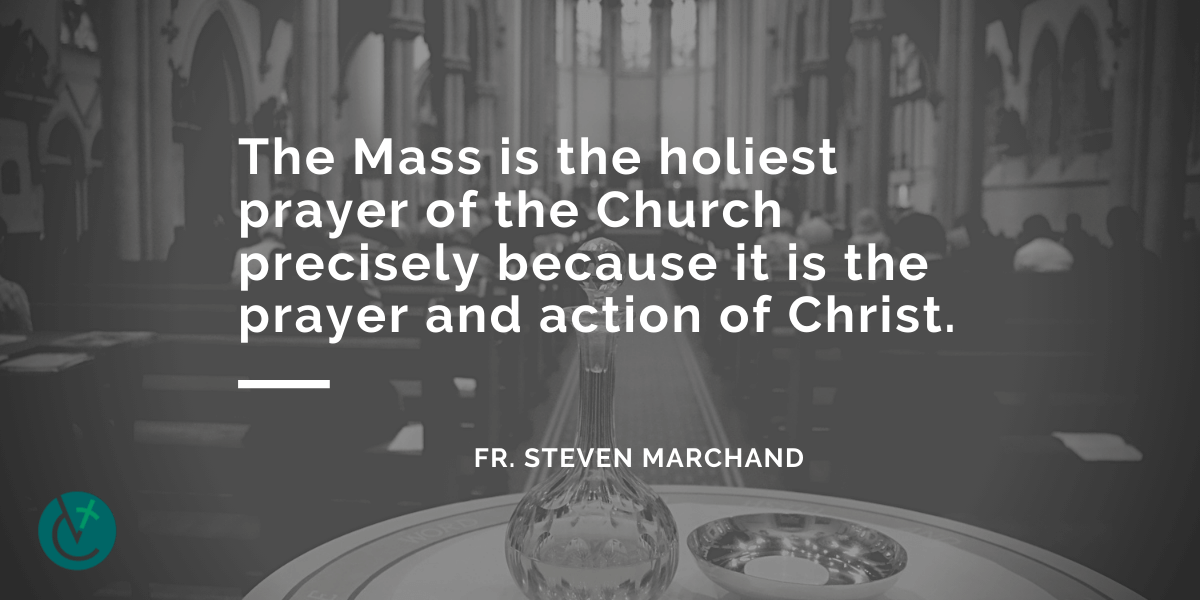
Reflection on Mass: The real presence
In the last issue of Vermont Catholic, I began discussing how we can approach Holy Mass by bringing our whole lives as our own offerings to make; that we should think in terms of what we bring to Mass rather than what we get out of it.
How are we to understand this?
The first thing to know is that the Mass is the holiest prayer of the Church precisely because it is the prayer and action of Christ. The most important thing at Mass is not the proclamation of the readings, even though we ought to listen attentively to God’s Word. It is not the words of encouragement and exhortation of the priest in the homily, nor what we sing.
The most important thing is what Christ does.
What is this exactly? He offers Himself for us, as He offered Himself on the Cross. The Mass is the same sacrifice as at Calvary. The only difference is that at Calvary, His body and blood were visible to those present, whereas in God’s mercy we see now only the appearance of bread and wine. But, the body and blood are truly present; this is the great central fact of the Mass. It is Christ’s work and His alone.
This is why it matters not how many people are at a particular Mass. Whether there be thousands, a hundred, a handful or the priest by himself, Christ’s entire mystical body is present with the angels every time.
We are reconciled to the Father through that sacrifice. We are always seen by God in the best possible light when we are at Mass. The Father sees us through the tears and suffering and above all, the love and obedience of the Son on the Cross. Because of this, the saints tell us that the most efficacious moment of prayer is at the elevation of the host and the chalice.
When we gather up the pieces of our lives, then, when we bring our own offering up the hill of sacrifice, we should always remember that the hill is none other than Calvary. St. Josemaria Escriva once said, “Someone who fails to love the Mass fails to love Christ.” Let us approach, then, that throne of grace and the altar of God with love and devotion.
This begins at home, before we even walk out the door. One of the Church fathers asked his priests, “Do you complain of distractions at Mass? Then you were distracted in the sacristy!” Our participation at Mass begins with our preparation to go to the church. Every “going to the church” is itself a pilgrimage. What is our disposition in the car? Do I arrive early? What am I thinking about as I walk in from the parking lot? Do I draw the holy water, bless myself and kneel in prayer for a few minutes before Mass begins? We can never hope to participate prayer-fully and well if we do not dispose ourselves by good preparation. A thing begun well is half done.
In the next issues, we will take a walk-through of the Mass from beginning to end, with a little help from the writings of Vermont’s first bishop, Bishop Louis de Goësbriand.
— Father Steven Marchand is parochial vicar of St. John Vianney Church in South Burlington.
—Originally published in the Winter 2019 issue of Vermont Catholic magazine.

